Charger 3 Damper Set Up
Fine-Tune Your Ride Experience
Start with Air Pressure | Charger 3 Damper Initial Setup | Fine Tune Your Ride | Air Spring | Rebound | High Speed Compression | Low Speed Compression | Bottomless Tokens | Keep Playing
You installed a 2023 RockShox Pike, Lyrik, ZEB, or BoXXer featuring a Charger 3 RC2 damper onto your bike, and now you’re ready to ride, right? Well, not quite. Before you hit the trail, you’ll want to do some basic setup.
We completely redesigned our 2023 Pike, Lyrik, ZEB, and BoXXer forks—starting at the drawing board to create our new Charger 3 damper and DebonAir+ air spring (along with a new chassis and Maxima Plush Dynamic Suspension Lube, creating a whole new system). With an all-new design, complete with a new clocking system for our compression knobs, we suggest re-establishing your setup procedure to ensure your Charger 3 fork performs as intended. We’ll cover initial settings and then go into more detail about how to fine-tune your ride experience.
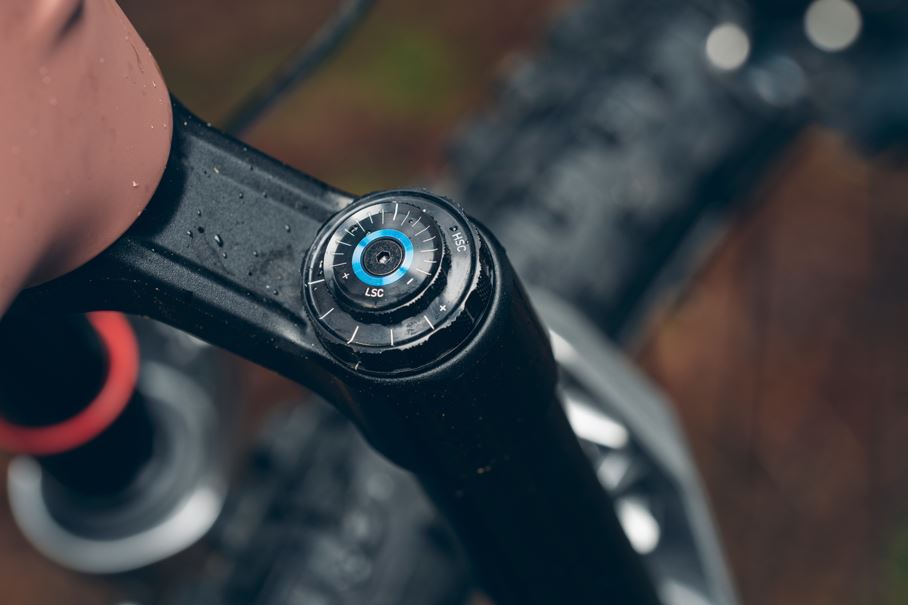
Start with Air Pressure
We took our existing DebonAir air spring and refined the shape of its spring curve, looking at how the fork works as a complete system. DebonAir+ air spring is now plusher off-the-top while maintaining support in the middle of the stroke. This means a higher ride height for confidence in the steeps, and improved small-bump absorption for better reactivity over every bit of trail. (Curious about the tech behind DebonAir+? Read up on it here.) DebonAir+ rides a bit differently than DebonAir, so we recommend starting over with your air spring pressure settings.
To begin, enter a few details into the Trailhead App or check out the chart on the fork’s lower leg for a starting point to dial in your air pressure. Trailhead will also give you a starting Rebound setting—the suggested setting is the number of clicks from the “closed” position (when the knob reaches the hard stop clockwise). Air pressure settings are specific to the rider and style, but we like to aim for that soft-but-still-supportive feel that can still achieve full travel when needed (hello, drops).
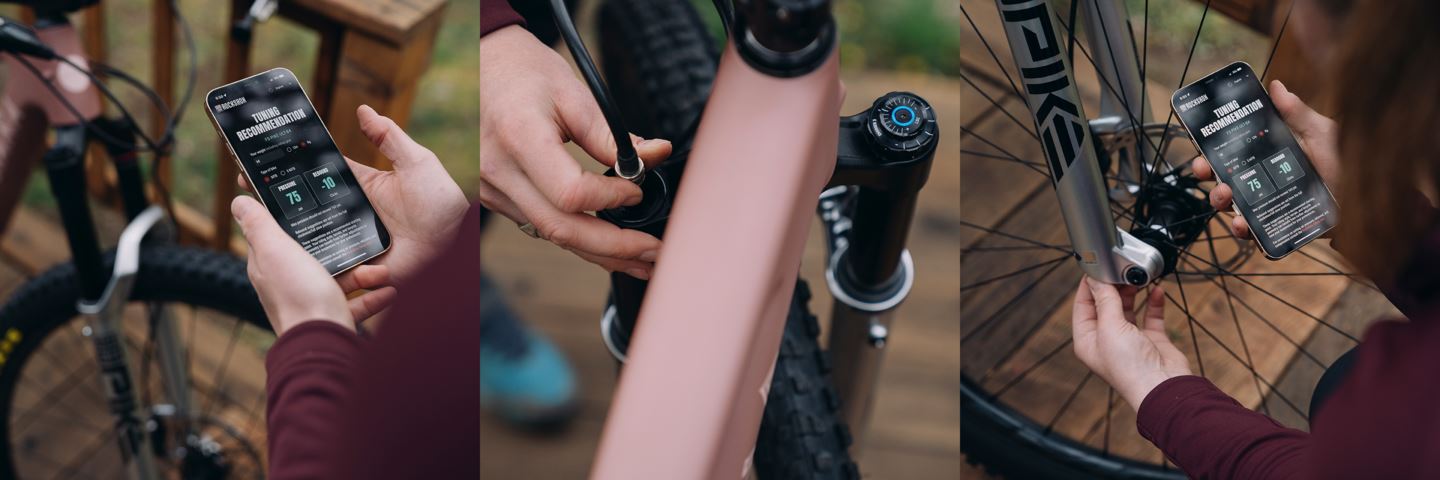
After setting air pressure in your fork, the pressure will need to be equalized between the positive and negative chambers. Slowly cycle the fork (compress it a few times) and then recheck your air pressure. The pressure has likely dropped from the initial value as it swapped from positive to negative, so re-pressurize the fork to the suggested starting point. (For further detail, check out the Suspension Setup and Tuning Guide.)
A few things to note about shock pumps: when attaching a shock pump to add or remove air pressure, the PSI will drop slightly from the previously held value as some of the air molecules enter the pump. Also, there may be a hissing sound when unthreading the pump from the fork—that's the air escaping the pump, not the fork.
Charger 3 Damper Initial Setup
Charger 3’s spring-backed IFP cartridge design offers more adjustability to meet rider needs. This allowed us to design a compression circuit with truly independent High and Low Speed Compression adjustments, so you can add (or reduce) the exact amount of damping desired without adding harshness. Whether you prefer less damping for a playful and lively feel or more damping for control in G-outs and berms, you can find your perfect settings that balance control and easy compression. (Interested in learning about how we eliminated HSC and LSC cross-talk from Charger 3? Learn more about it here.)
For Charger 3's initial setup, we recommend starting with Low Speed Compression (LSC) and High Speed Compression (HSC) set in the middle, allowing you to add or remove damping based on personal ride preference or different trails. With a new setup recommendation and an updated knob configuration, let's dig into how to read and adjust your damper settings.
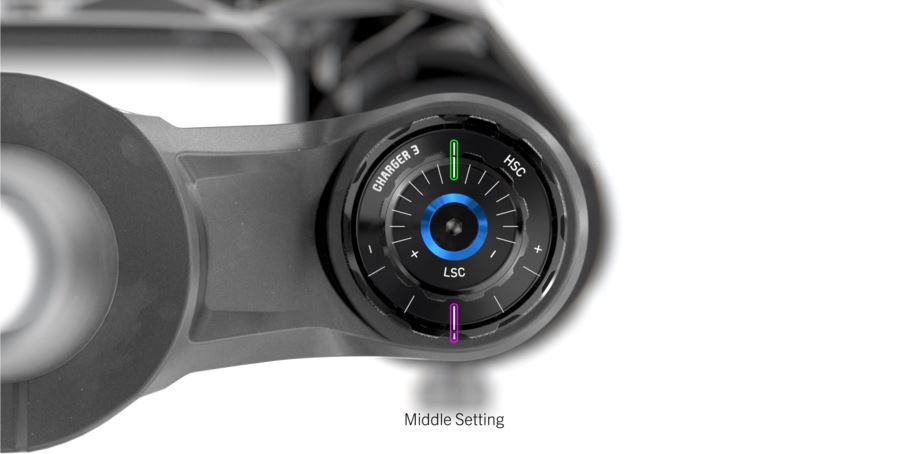
Two etched indicator marks show the HSC’s and LSC's positions within their adjustability range. The HSC indicator line is on the damper top cap, and the LSC's is on the HSC adjuster knob.
The +/- on the HSC and LSC knobs signify the ends of the adjustment range in reference to the white etched indicator line, not the direction to turn to increase or decrease damping. The + on each knob indicates the maximum end of the damping range for the most damping resistance, and the – is the minimum for the least damping resistance.
For example, add more damping by rotating the knob clockwise to move the + sign toward the indicator line. The same logic applies to the – sign: reduce damping by rotating the knob counter-clockwise to move the – sign toward the indicator line.
When adjusting the HSC knob, you'll notice that the LSC adjuster will rotate as well, but it is not adjusting LSC—Low Speed Compression is only changed when the LSC knob is turned deliberately.
With your air pressure set, rebound tuned in, and your compression settings in the middle, now’s a good time to take the bike out for a spin. We recommend riding a trail you know to get a good idea for how your new fork feels.
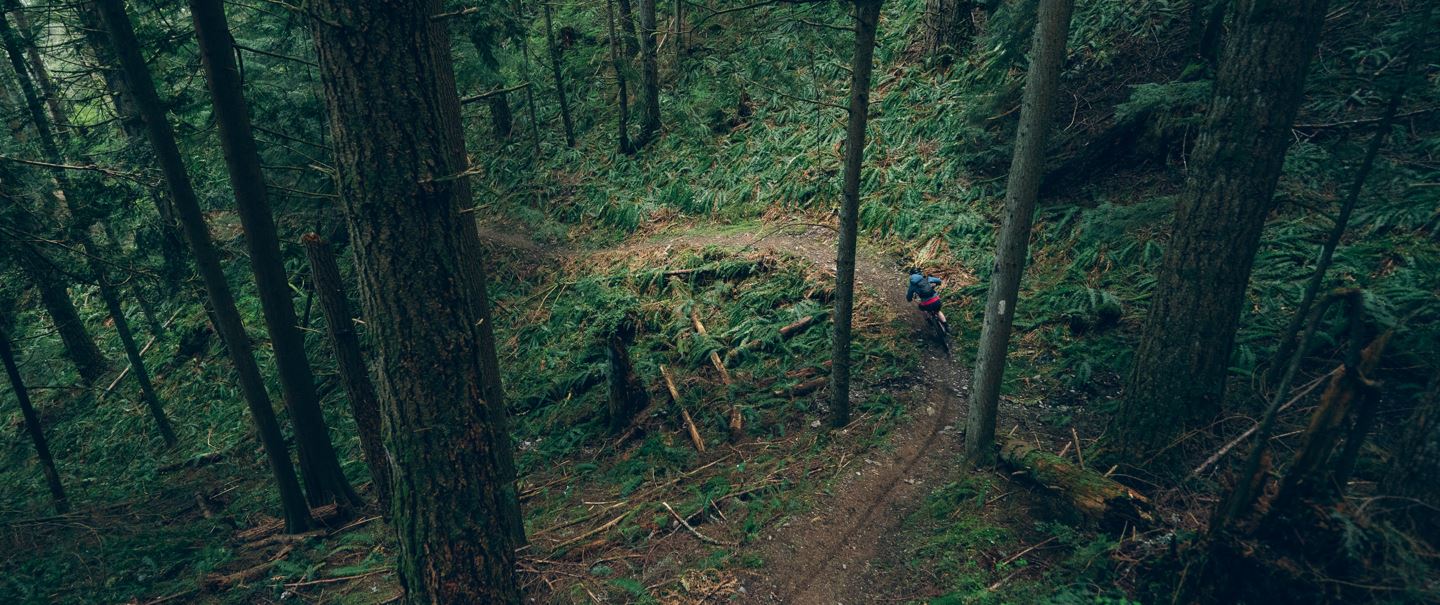
Fine-tune your ride
Ok, so you’ve ridden a few times, and your fork feels *chef's kiss*, but you notice your hands feel a bit beat-up after techy descents, or it’s hard to maintain control of the front wheel after impacts. Let's take a look at your options for fine-tuning.
Air spring:
Fine-tune your air spring first. You can add or remove damping support using your compression knobs, but your air spring setting is imperative.
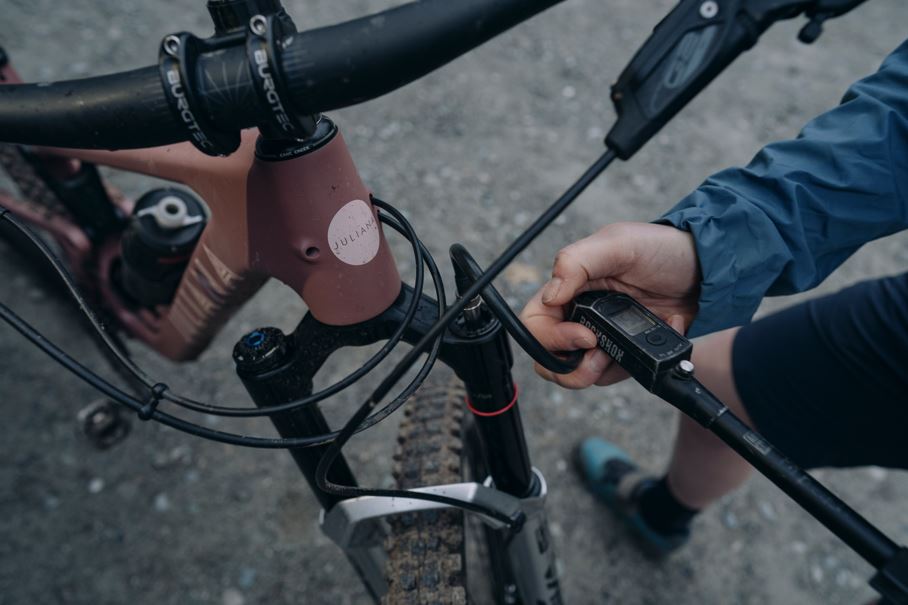
If the fork feels firm, doesn't easily compress when cycling the fork, or isn't using all of the travel, drop 5 PSI at a time until the fork achieves full travel when needed. If the fork feels too soft, isn't supportive in the middle of the stroke, dives through travel, or is bottoming out regularly, add 5 PSI until it feels more supportive and you aren't bottoming out too frequently.
Rebound:
Rebound affects how quickly the fork returns to full travel after compression.
If the fork rebounds too quickly, causing a pogo effect that can decrease wheel control or contact with the ground, add 1-2 clicks of Rebound damping at a time by rotating the Rebound Knob clockwise (toward the turtle to slow it down).
If the fork rebounds too slowly, causing the fork to feel packed down (like the fork has less and less travel with each consecutive hit), remove 1-2 clicks of Rebound damping at a time by rotating the Rebound Knob counter-clockwise (toward the jackalope to speed it up).
You may need to adjust your Rebound speed when making significant air spring pressure changes. While it's not an exact science, generally, removing 5-10 PSI from your air spring could necessitate removing rebound damping 1-2 clicks since the rebound circuit has less air pressure to work against. The same concept applies to adding air spring pressure: 5-10 PSI more could require increasing rebound damping to balance out the higher air pressure.
High Speed Compression (HSC):
HSC affects how the fork feels in high-speed, quick impacts. Think rock gardens, roots, and drops—whenever the damper shaft moves quickly.
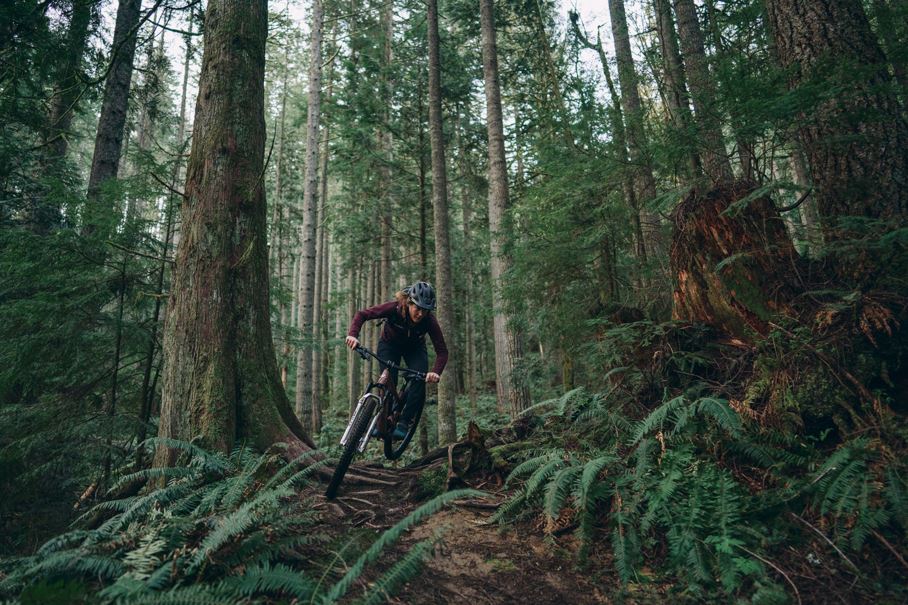
If the fork uses too much travel or feels unsupported during high-speed events, add one click of HSC at a time for more support by rotating the HSC adjuster knob clockwise (moving the + toward the indicator line.)
If the fork is not using enough travel or feels harsh during high-speed events, remove one click of HSC at a time to soften the damper by rotating the HSC adjuster knob counter-clockwise (moving the – toward the indicator line.)
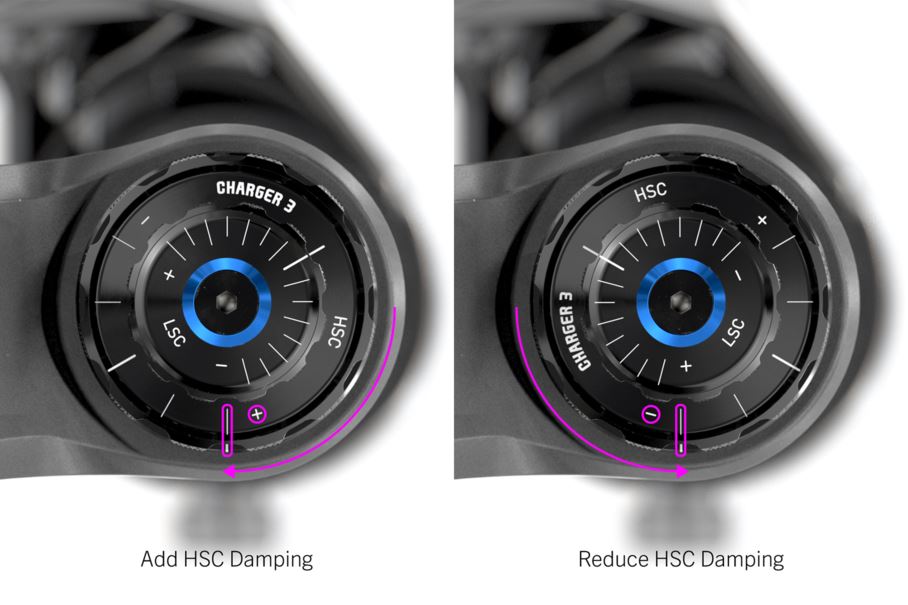
Low Speed Compression (LSC)
LSC affects how the fork feels in gradual compressions. Think berms, weight shifts, small bumps, and transitions—whenever the damper shaft moves slowly.
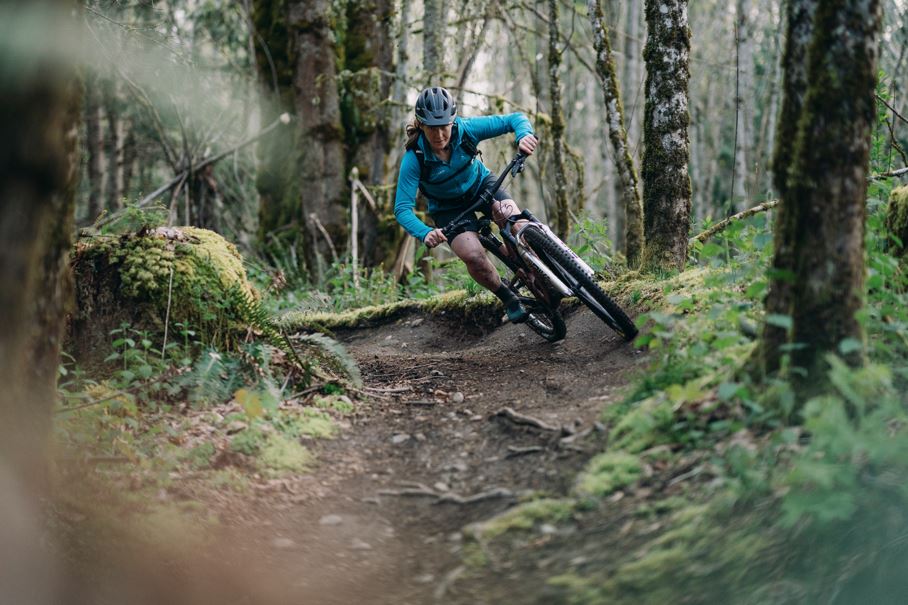
If the fork feels too soft, dives into travel, or feels floppy and unsupported during low-speed events, add 2-3 clicks of LSC at a time for more support by rotating the LSC adjuster knob clockwise (moving the + toward the indicator line.)
If the fork feels harsh, is not using enough travel, or is unsettled in low-speed events, remove 2-3 clicks of LSC at a time to soften the damper by rotating the LSC counter-clockwise (moving the – toward the indicator line.)
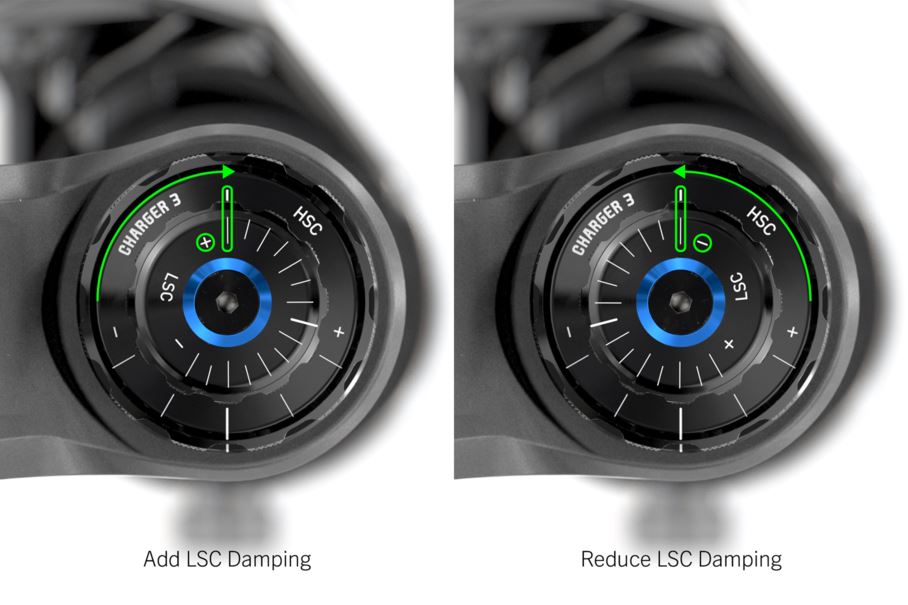
Bottomless Tokens
Adding a Bottomless Token to your fork is the last step to increase bottom-out support. Before adding a Token, add HSC damping one click at a time. If you still need more bottom-out support, add a Token and repeat this setup procedure. Instructions for adding and removing Bottomless Tokens can be found in your fork's Service Manual, available through the Trailhead App or at sram.com/service.
Keep Playing
Once you find the settings you like, write them down for future reference. Now that you know how to make adjustments and understand what they do, start to play with your settings on different trails to see how it impacts your experience in different scenarios. The trails we ride and how we experience them is ever-changing, and while you can set it and forget it, we encourage you to tune your fork like you'd tune your stereo, playing with treble, bass, and volume to find the perfect fit for each trail. It’s your ride—enjoy it!
The new Charger 3 RC2 damper can be found in the 2023 RockShox Ultimate and Select+ models of Pike, Lyrik, and ZEB, and in the 2024 RockShox Ultimate and base model of BoXXer. DebonAir+ can be found in all 2023 RockShox models of Pike, Lyrik, ZEB, and 2024 BoXXer. Questions about fitment and compatibility? Check out our 2023 Fork Collection FAQ page.
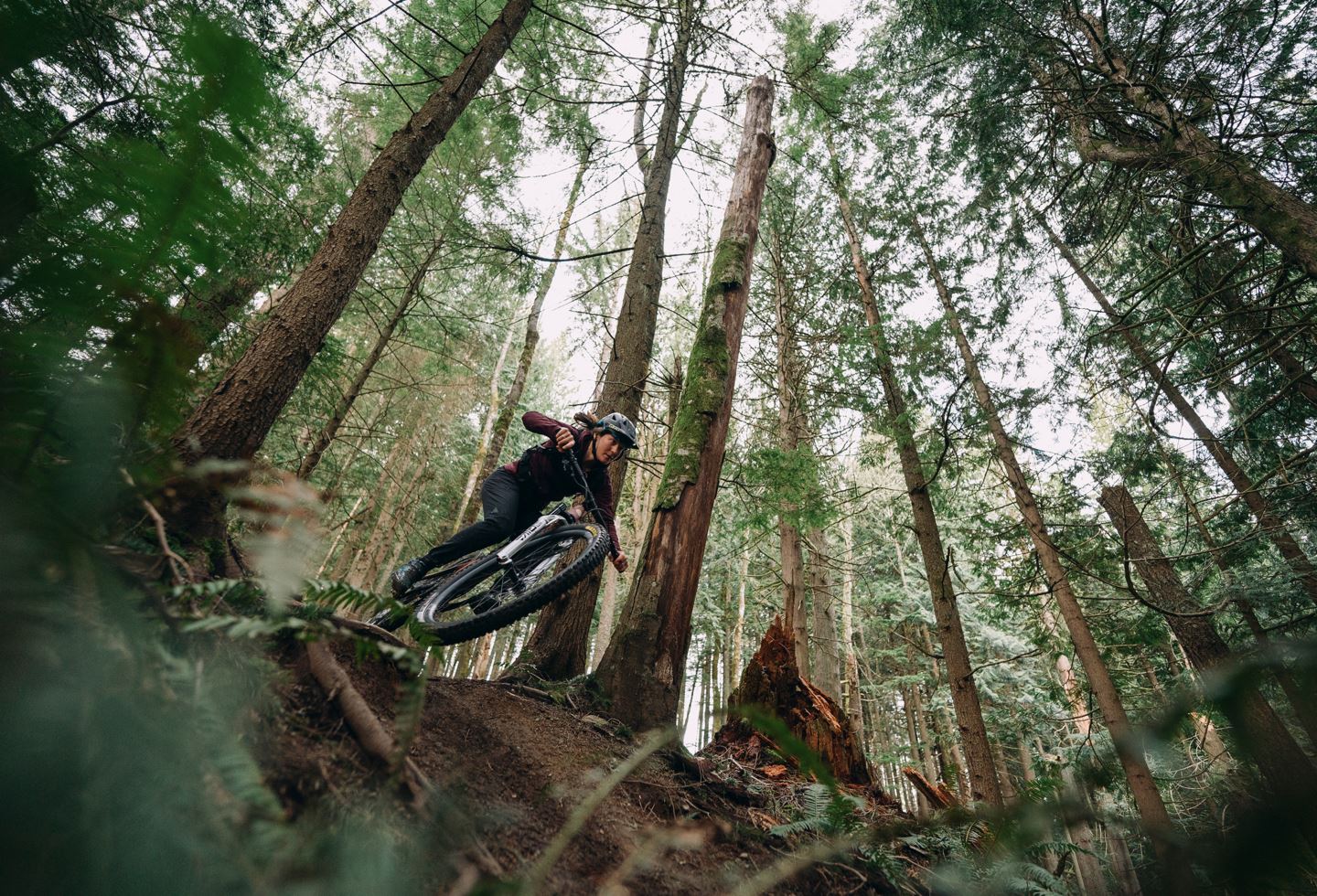
Photos by Anthony Smith. Renderings by Ray Bach. Words by Sarah Walter.